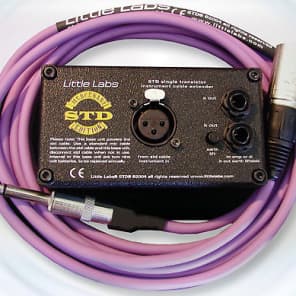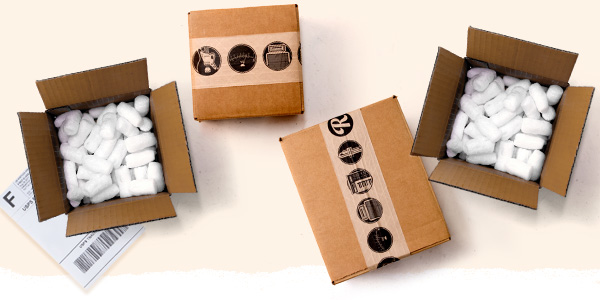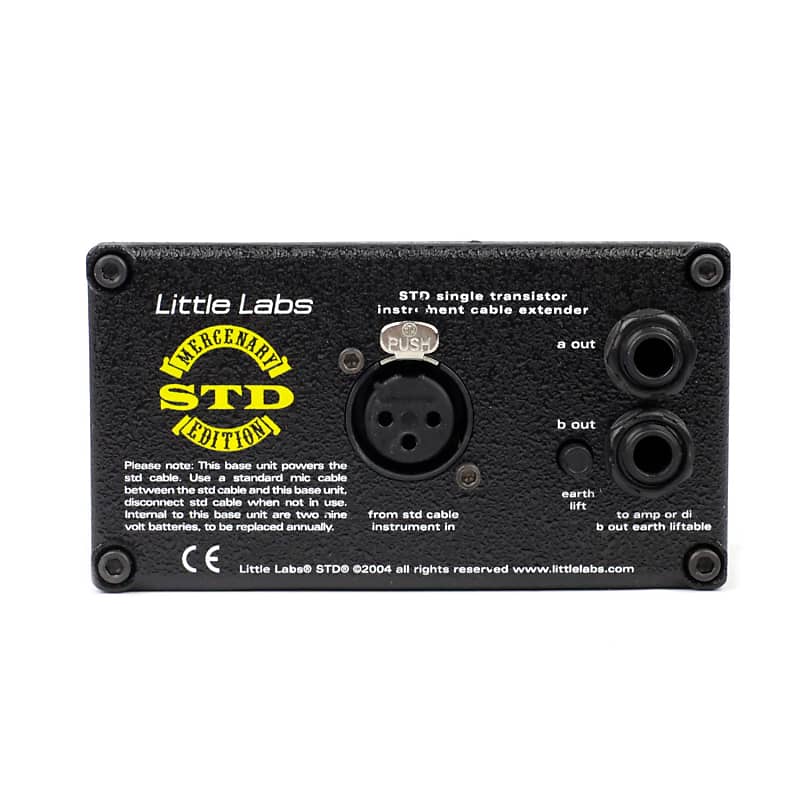

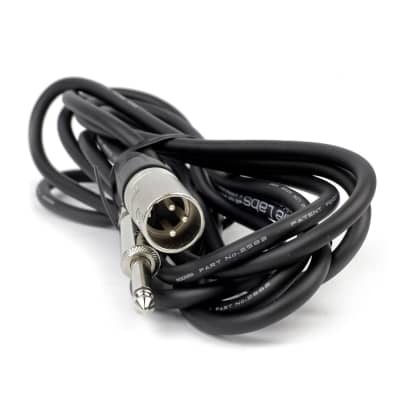
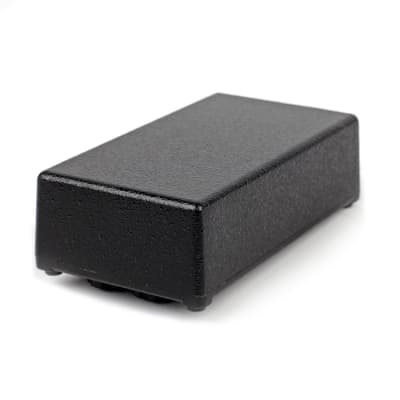
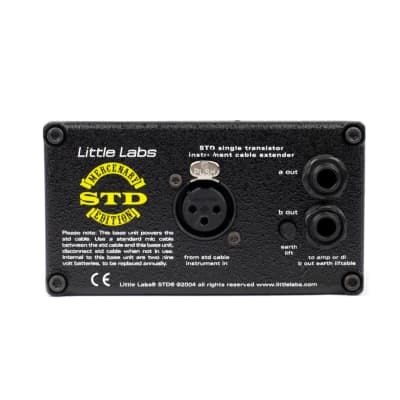
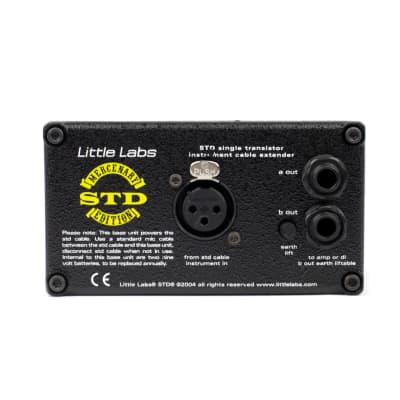
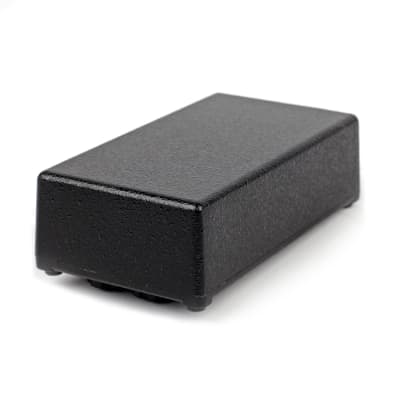
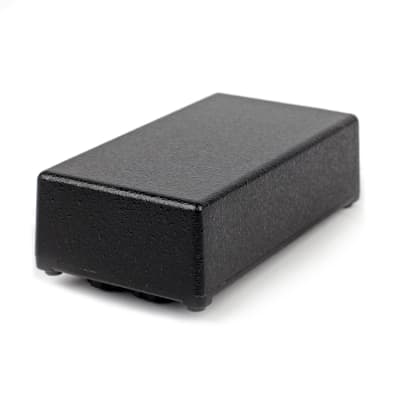
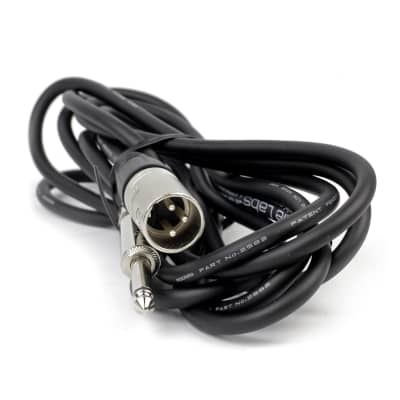
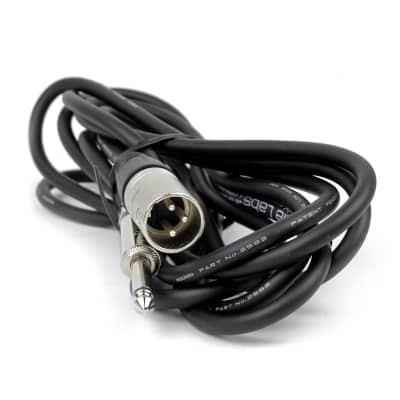
The Little Labs STD allows you to use long microphone cables or microphone tie lines to extend your guitar or any instrument cable without the loss of tone and increase of noise associated with long instrument cable runs. It also has two outputs for splitting between two amps or between an amp and a direct injection box, with a selectable ground lift on one output to eliminate ground loop problems.
The STD is the perfect solution for: the live player who is tired of the tone sucking wireless rigs but still needs to be able to walk more than ten feet from his amp; the studio player who needs his amplifier in isolation, but himself in close proximity to his band mates; the recording engineer using control room rack mounted direct injection boxes with a player located in the studio or isolation booth.
The single transistor unity gain buffer circuit utilized in the STD is mounted inside the special copper tipped phone plug itself. This elegantly simple buffer circuit was designed to load the instrument pickup properly for a natural frequency response regardless of cable length and also will eliminate susceptibility of the cable to extraneous noise sources. The rugged cast aluminum base unit which sits next to the amp or direct injection box contains the mating circuitry which utilizes high quality audio graded parts, including Elna Cerafine and Dale Vishay. The STD base unit is powered by two nine volt batteries that with regular use will last over one year.
| Condition | Brand New (New) Brand New items are sold by an authorized dealer or original builder and include all original packaging.Learn more |
| Brand | |
| Model |
|
| Categories |

